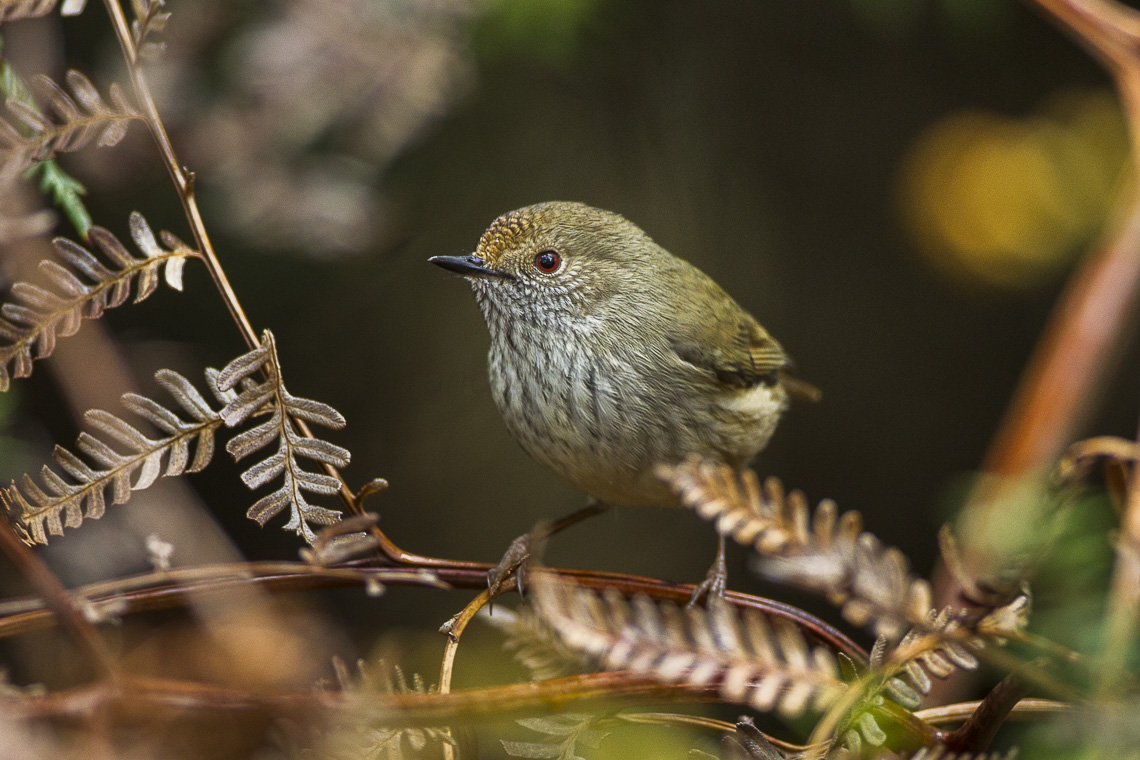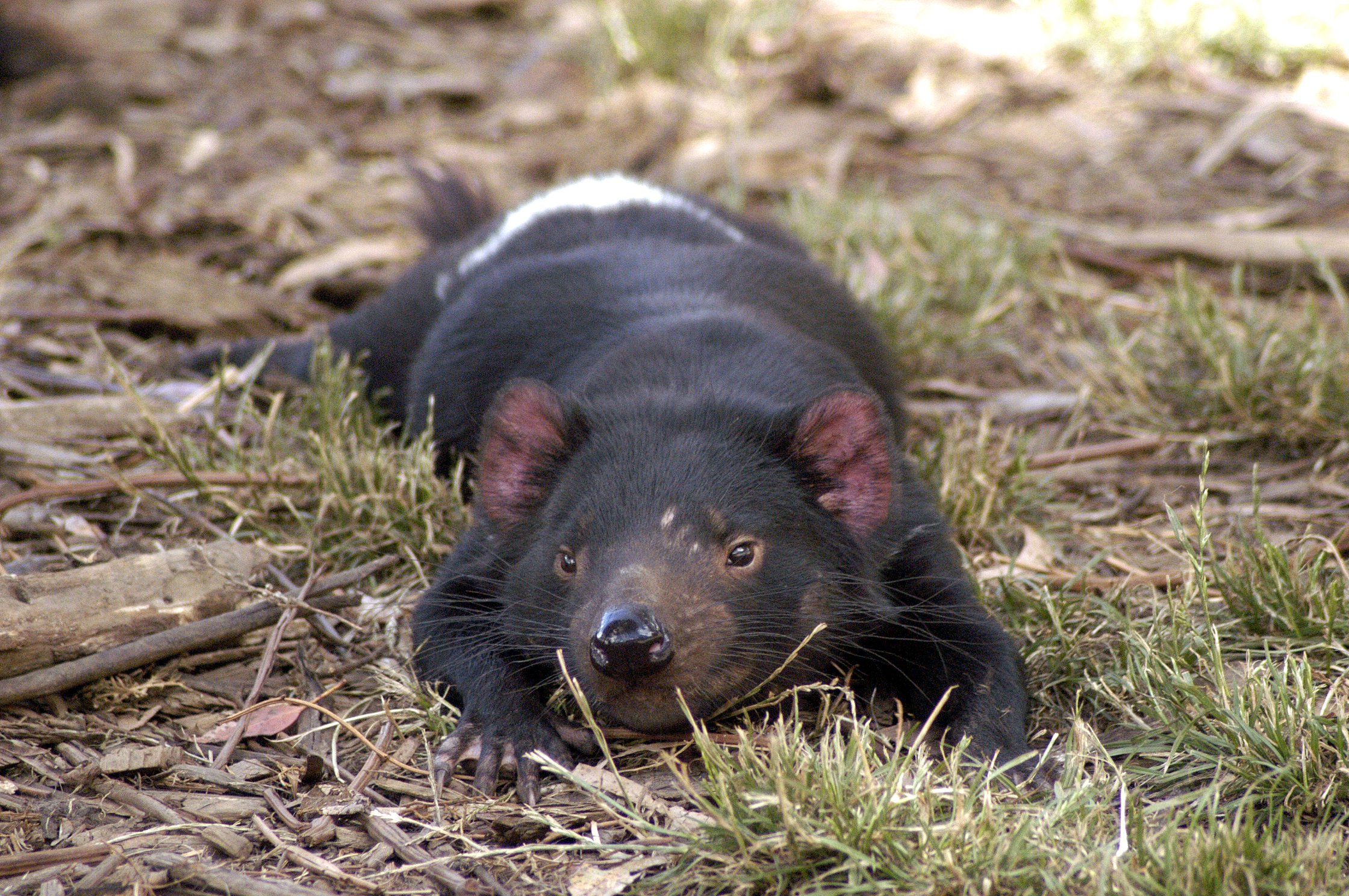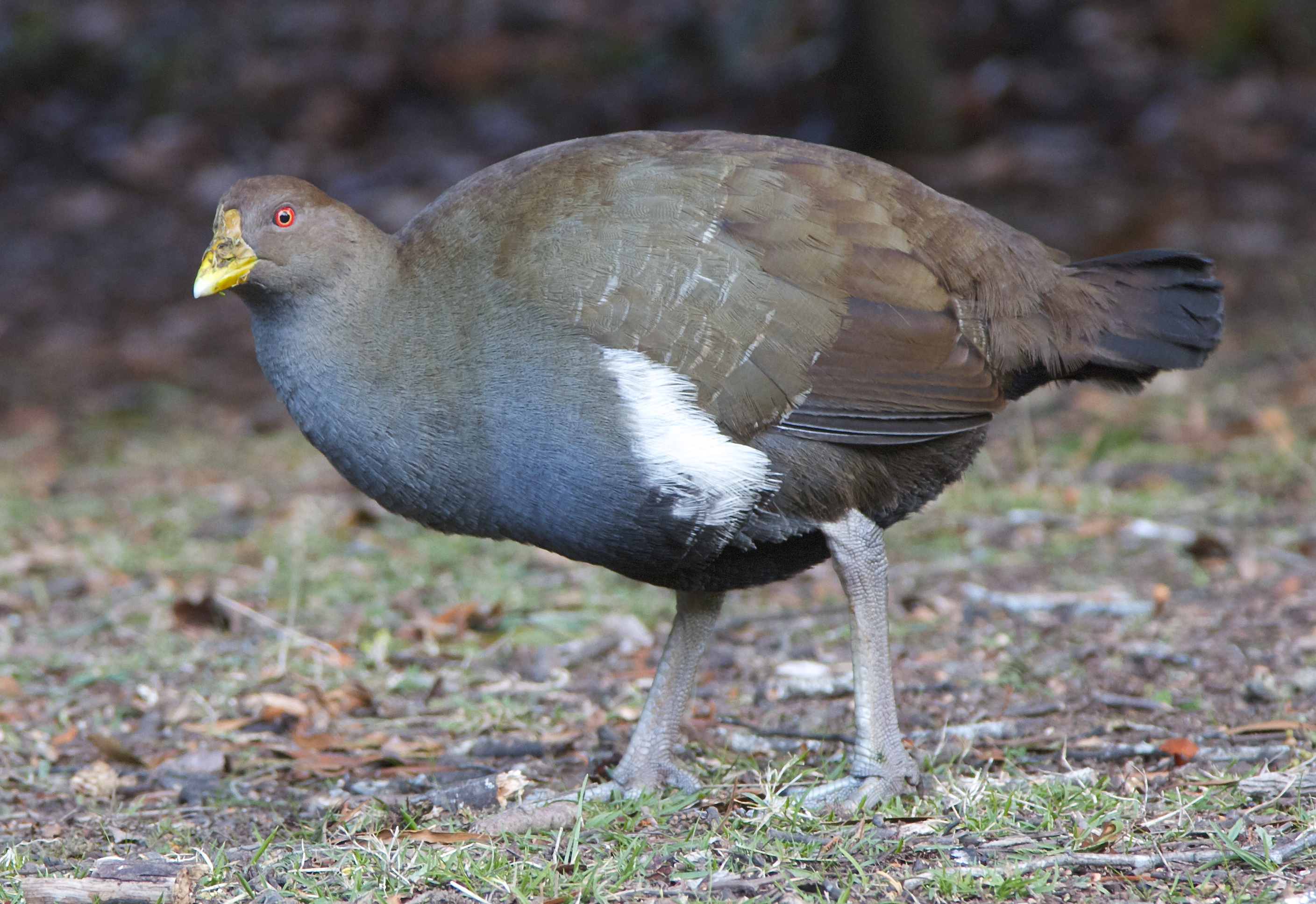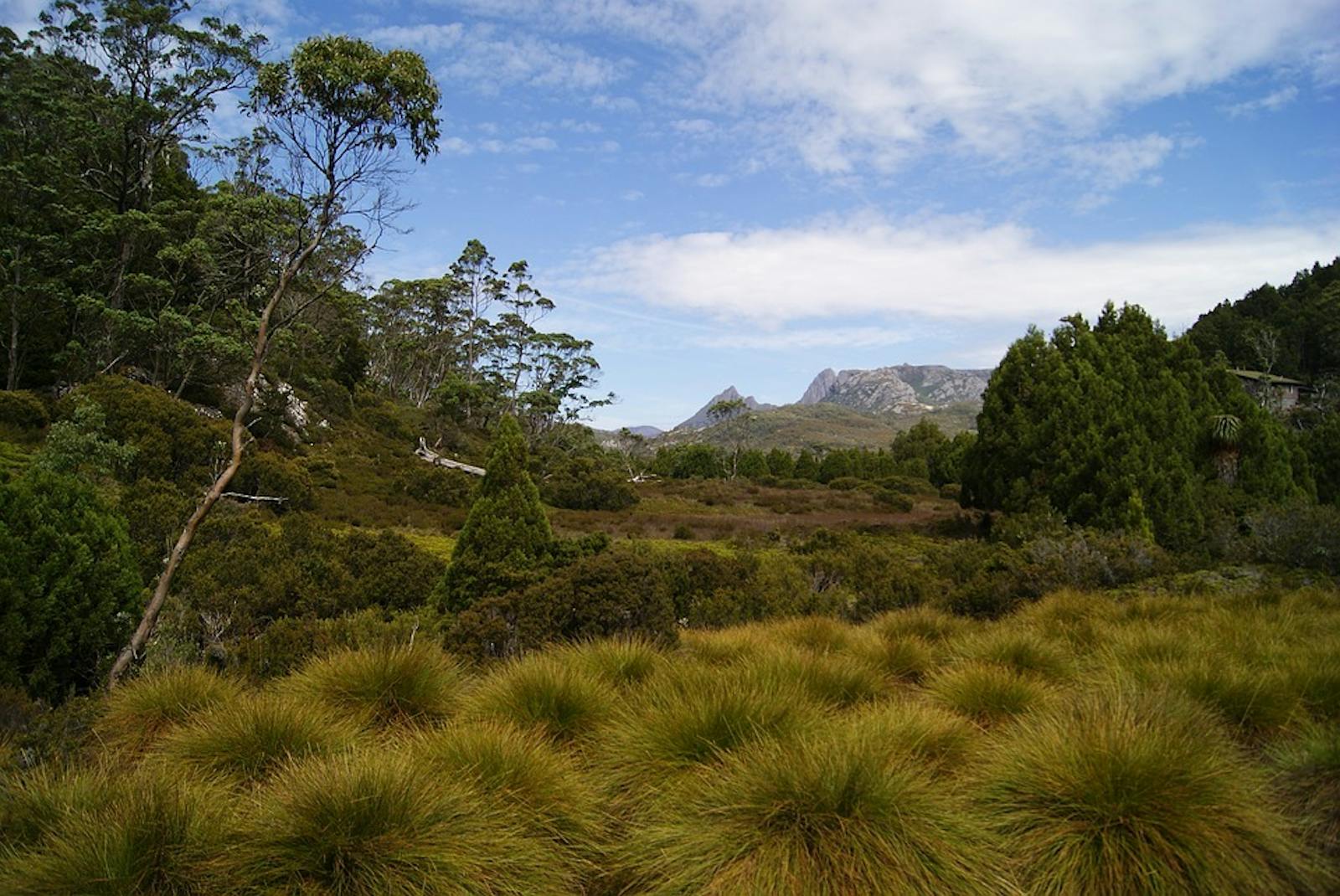Tasmanian Central Highland Forests
The ecoregion’s land area is provided in units of 1,000 hectares. The conservation target is the Global Safety Net (GSN1) area for the given ecoregion. The protection level indicates the percentage of the GSN goal that is currently protected on a scale of 0-10. N/A means data is not available at this time.
Bioregion: East Australian Temperate Forests & Mountain Shrublands (AU3)
Realm: Australasia
Ecoregion Size (1000 ha):
1,184
Ecoregion ID:
177
Conservation Target:
56%
Protection Level:
8
States: Australia
The climate of Tasmanian Central Highland is cool to cold with heavy annual rainfall. The ecoregion features a series of mountain peaks covered in unusual plant communities such as cushion plant and bolster moorlands, peatlands, heathlands, sedgelands, sclerophyllous shrublands, bogs, conifer heathlands, and dwarf forests that grade into more developed forests at lower elevation.

The flagship species of the Tasmanian Central Highland Forests ecoregion is the Tasmanian thornbill. Image credit: Francesco Veronesi, Creative Commons
Vegetation on the lower slopes is a mix of dense forest, eucalypt woodlands and grassland. At higher altitudes, the world’s largest heath plant, the pandani (Richea pandanifolia) Epacridaceae, can be found in the stunted forests. Tasmania’s alpine coniferous forest communities have the high levels of vascular plant endemism at both generic and specific levels. The alpine forest in this ecoregion consist of pencil pine (Athrotaxis cupressoides) and other Athrotaxis spp., growing with shrubs such as Diselma spp. and Microstrobos spp. Evergreen shrublands are dominated by woody plants in the families of Proteaceae, Epacridaceae, and Myrtaceae. Rocky outcrops and alpine grasslands dominated by Poa labillardierei and P. gunnii are found around the summits of the various peaks. Endemic to Tasmania, Eucalyptus coccifera and E. vernicosa can be found as low trees or shrubs at the tree-line. Cushion plants are slow growing, low-growth form plants from several different families that initiate succession on disturbed areas.

Tasmanian devil. Image credit: Wayne McLean, Creative Commons Creative Commons
Endemic fauna includes the pencil pine moth (Dirce aesiodora) and Tasmanian endemic Ptunarra brown butterfly (Oreixencia ptunarra), which can only be found in alpine forest. A number of viviparous skinks are found in this ecoregion, including mountain skink (Niveoscincus orocryptus), tussock skink (Pseudemoia pagenstecheri), and glossy grass skink (Pseudemoia rawlinsoni). Over 30 geometrid moths of the genus Chrysolarentia are found only in alpine areas, demonstrating rapid speciation over a small geographical area. The endemic frog Crinia tasmaniensis can be found at high elevations. The Eastern barred bandicoot (Perameles gunnii) and the eastern quoll (Dasyurus viverrinus) are nearly extinct on mainland Australia but still found throughout the ecoregion. At least 208 species of birds are found in this ecoregion, some endemic species include: dusky robin (Melanodryas vittata), Tasmanian native hen (Gallinula mortierii), Tasmanian thornbill (Acanthiza ewingii), green rosella (Platycercus caledonicus) and yellow wattlebird (Anthochaera paradoxa).

Tasmanian nativehen. Image credit: Creative Commons
In Tasmanian Central Highland forests, around 42% of the region is categorized as protected areas, including the Cradle Mountain. While alpine areas are well protected under the Tasmanian Wilderness World Heritage Area, lower elevation woodlands and grasslands are often neglected in conservation actions, resulting in degradation and loss from overgrazing. For instance, forestry and grazing of silver tussock grasslands in the Midlands have resulted in the surviving grasslands being heavily invaded by exotic weeds, smothering native shrubs.
Key conservation actions include: 1) encourage uptake of conservation agreements and covenants on private land with an emphasis on protection of lower-elevation, threatened habitat types; 2) ensure apiarists maintain strict surveillance of hives during leatherwood honey production in order to prevent the establishment of feral bee populations; 3) improve the connectivity of remnants through facilitating regrowth as well as active replanting; and 4) implement control measures for non-native predators, such as feral cats, but ensure that feral cat trapping and poisoning does not have adverse effects on Tasmanian spotted-tail quolls.
Citations
- BirdLife International. 2020. Important Bird Areas factsheet: Cradle Mountain. Available at: http://www.birdlife.org [Accessed 10/03/2020].
- Department of the Environment. 2015.
Conservation Management Zones of Australia, Tasmanian Temperate Rainforests and Highland Forests. [online] Environment.gov.au. Available at: http://www.environment.gov.au/system/files/resources/71f85f2d-3ad9-45ff-a52c-71d87248d1c6/files/cmz-tasmanian-temperate-rainforests-highland-forests.pdf [Accessed 12/03/2020]. - Balmer, J, J Whinam, J Kelman, JB Kirkpatrick, E Lazarus. 2004. A review of the floristic values of the Tasmanian Wilderness World Heritage Area. Nature Conservation Report 2004/3.
- Department of Primary
Industries Water and Environment, Tasmania, Australia. Available at:
https://dpipwe.tas.gov.au/Documents/Floristic-Values-of-the-WWHA.pdf [Accessed 12/03/2020]



